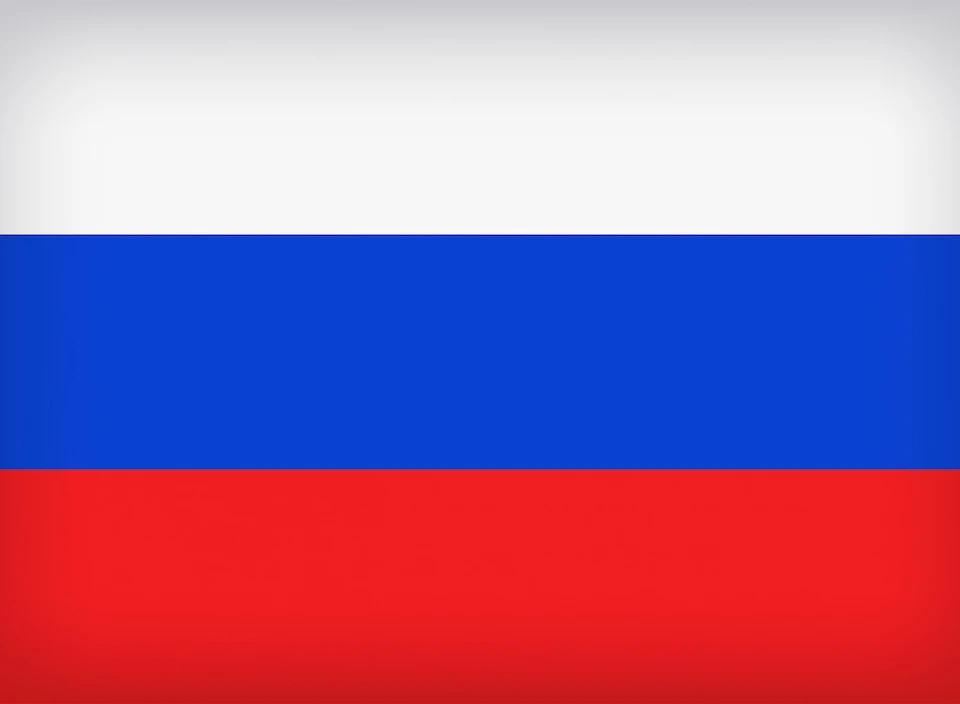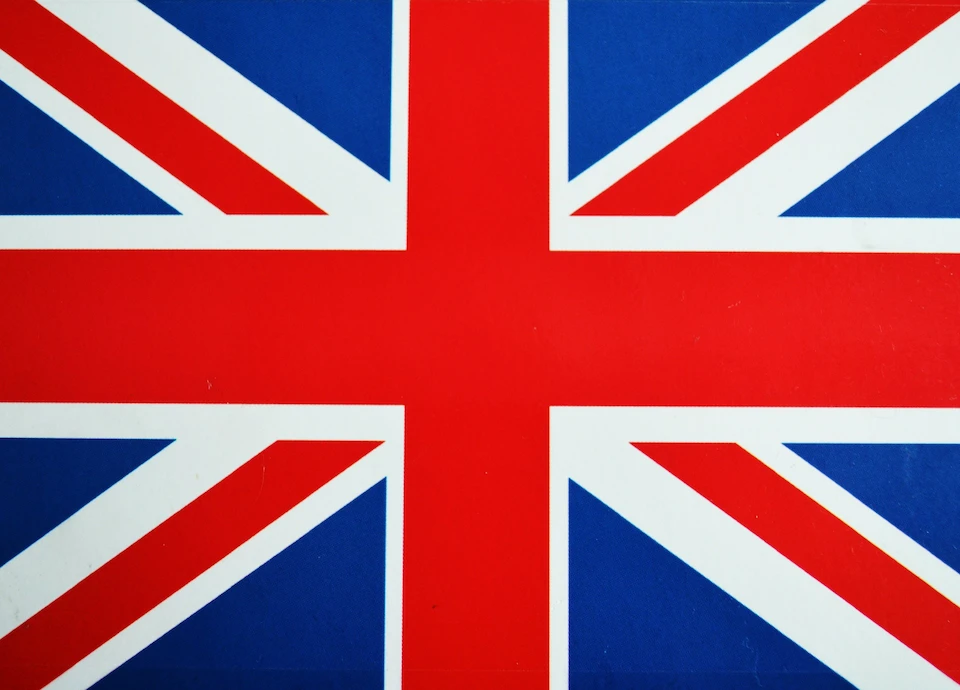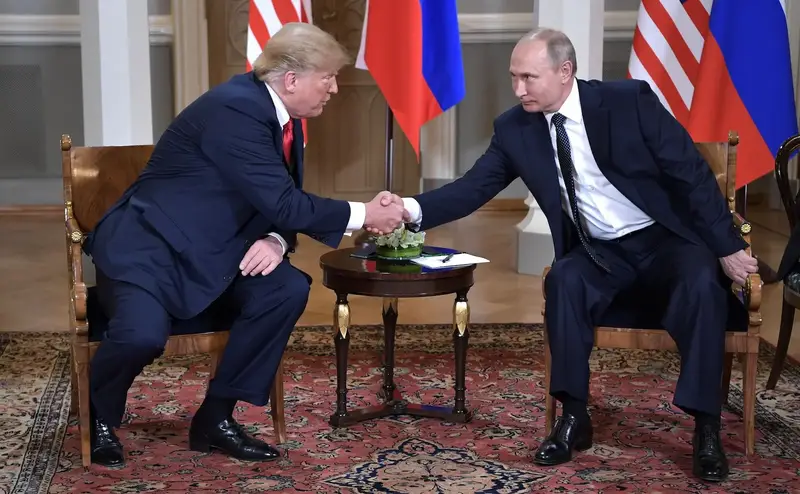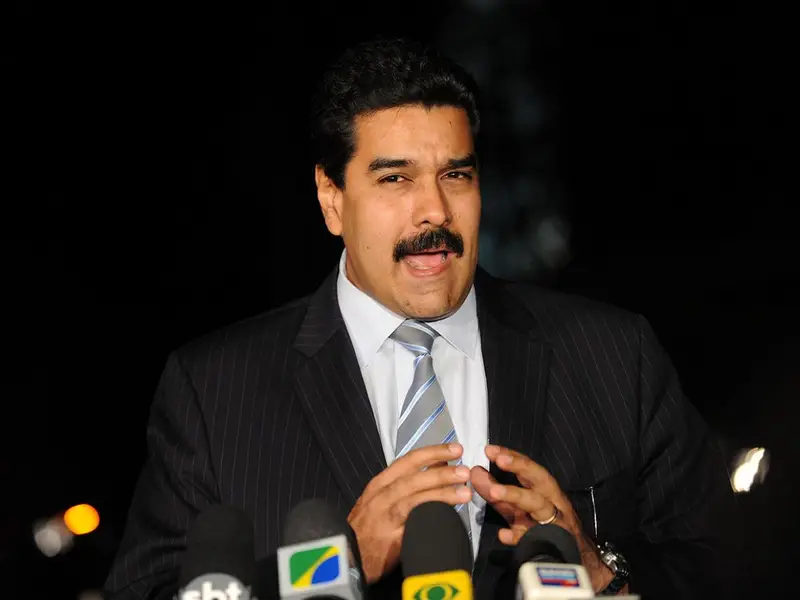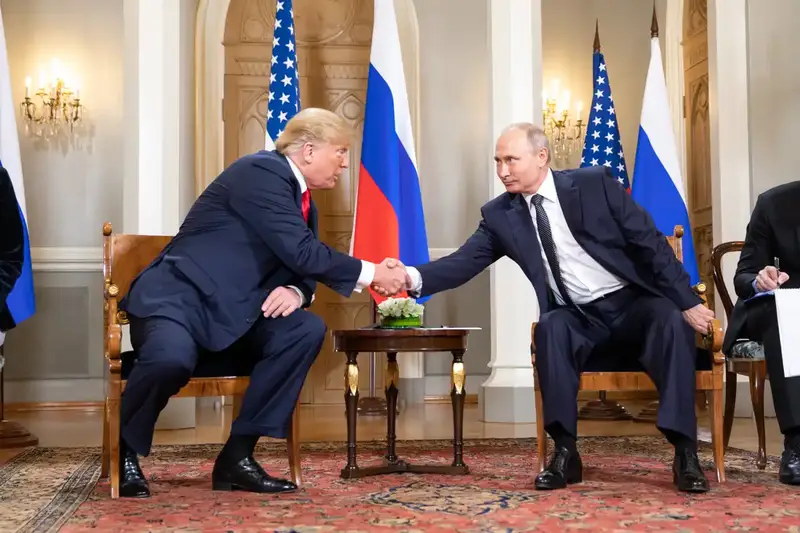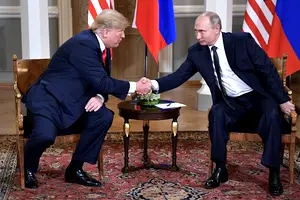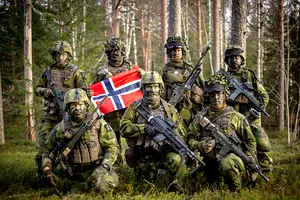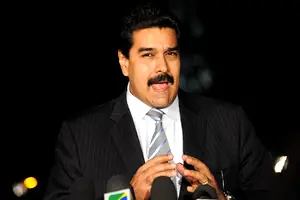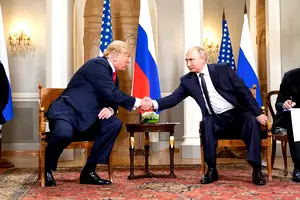On October 22, the annual summit of this association will be opened in Kazan.
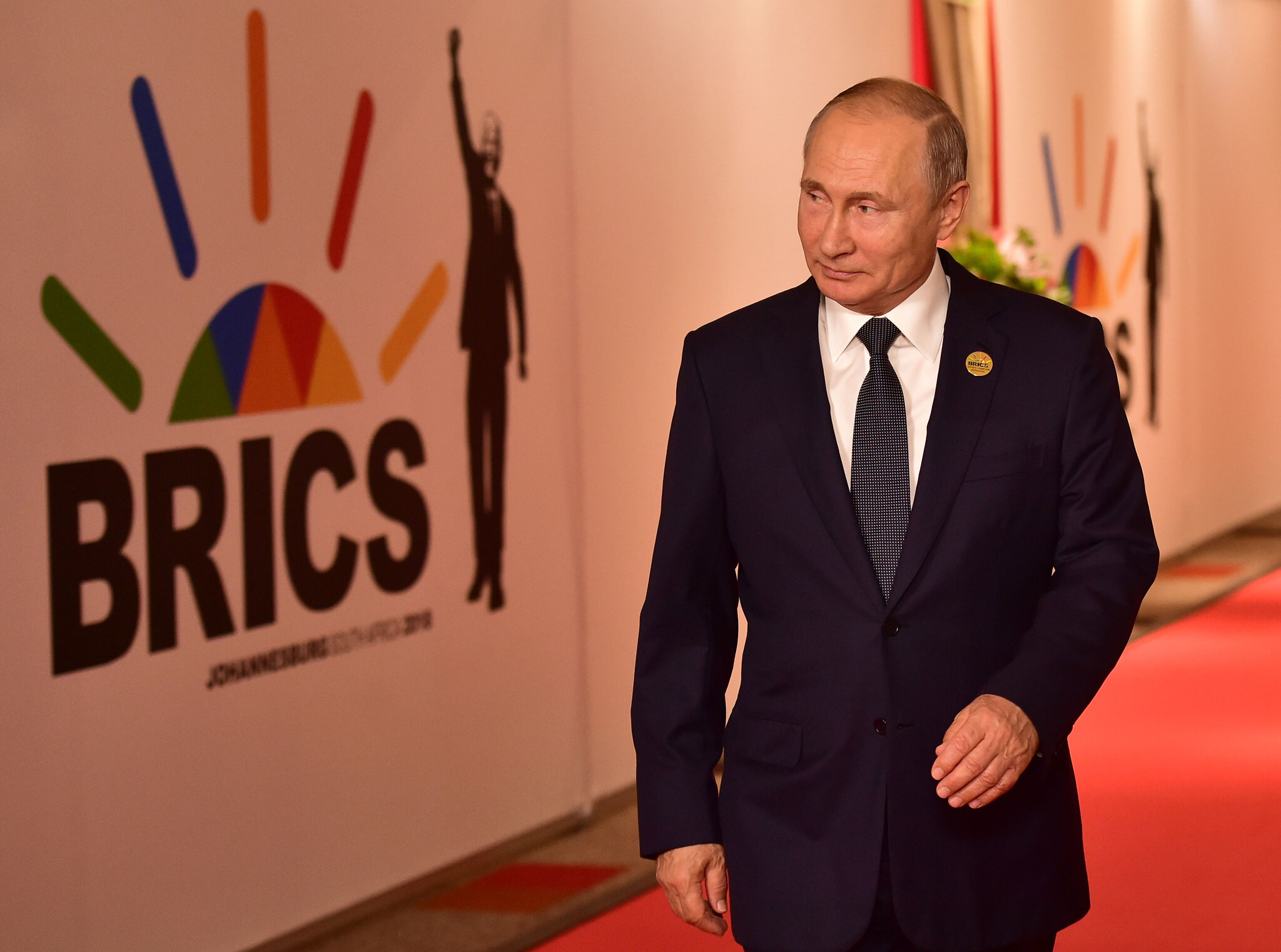
On October 22, the annual summit of this association will be opened in Kazan.
This will be the sixteenth such meeting since the group’s inception in 2006. However, this will be the first summit in its expanded composition. Last year, five new countries joined the core BRICS nations (Russia, China, Brazil, India, and South Africa) — Egypt, Iran, the United Arab Emirates, Saudi Arabia, and Ethiopia. This is particularly significant because the first BRICS summit was held in Yekaterinburg in 2009.
Currently, the BRICS countries cover more than 30% of the world’s land area and are home to 45% of the world’s population. They produce more than 40% of the world’s oil and about a quarter of the world’s exports. By 2028, the GDP of the BRICS countries is projected to account for 37% of the global total in purchasing power parity terms, compared to 27% for the G7. «We believe that BRICS is a prototype of multipolarity, a structure that unites the global South and East on the principles of sovereignty and mutual respect», said Yuri Ushakov, Russian presidential aide for international affairs, ahead of the summit.
According to Ushakov, this summit could become the largest international event ever held in Russia. Invitations have been sent to 38 countries, 32 of which have confirmed their participation, 24 of which will be represented by their leaders. Among them are heads of state from the CIS and representatives of countries leading regional integration associations in Southeast Asia, Africa, Latin America and the Middle East.
The summit will also be attended by UN Secretary General António Guterres, SCO Secretary General Zhang Ming, the Secretaries General of the CIS, the EAEU and the Union State, as well as the President of the New Development Bank, Dilma Rousseff. «The high level and wide geographical representation at the Kazan summit testifies to the role and place of BRICS on the international stage and the growing interest in this association by countries pursuing independent and autonomous foreign policies», Ushakov said.
The BRICS summit will consist of two parts. The first will be a meeting of the member countries focused on the theme of the Russian presidency «Strengthening multilateralism for equitable global development and security». The main events with BRICS members will take place on October 22 and the first half of October 23. The second part will be a meeting in the «BRICS Plus/Outreach» format with the theme «BRICS and the Global South — Building a Better World Together». The events in this format will be held on the afternoon of October 23 and on October 24. The main theme of the Summit will guide the main discussions.
One of the most important practical issues on the agenda is the further expansion of BRICS. According to Yuri Ushakov, the number of potential participants interested in full membership or cooperation is growing. Already, 34 countries have expressed interest in joining or cooperating in various ways. «The doors of BRICS are open to like-minded states that share the basic principles and goals of our association. As for a possible new wave of expansion, there are different views on this issue. So far, we do not have a unified approach within the group», Ushakov said. According to him, some member countries believe that no new members should be admitted for the time being, while others support expansion. «This is a complex issue, and leaders will certainly address it at the Kazan summit», Ushakov said. There is also an active discussion about the introduction of a new category of countries participating in the BRICS work as «partner states». Russia supports this form as an intermediate stage of cooperation. It could be a compromise option. However, Russia is not opposed to expansion and sees the CIS countries and Indonesia, the largest Muslim country and a rapidly developing one, among others, as candidates.
Another important issue is the activation of economic cooperation and the creation of conditions for it. One of the main conditions is the creation of a financial settlement system among the BRICS countries, the so-called independent payment circuit from the West. This issue was widely discussed during the Russian presidency, but for obvious reasons the details were not disclosed. It is likely that new information on this issue will emerge during the summit.
It is also important to remember that the leaders’ summit is the culmination of a year’s work for the BRICS alliance, marking the conclusion of efforts and the advancement to a new level of cooperation. Over the past year, around 250 meetings, forums, and other events were held, including 20 at the ministerial level.
The importance of the event is underscored by the numerous meetings that Russian President Vladimir Putin will hold on the sidelines of the summit from October 21 to 24. According to the Kremlin, there will be 20 such meetings. These meetings are expected to cover not only bilateral and regional issues, but also global challenges. Some of Putin’s counterparts may even try to use the opportunity for peace efforts in Ukraine. For his part, the Russian president will have a good opportunity to privately clarify Russia’s stance on certain global political issues and advocate for those leaning toward multipolarity and a more independent foreign policy course.
